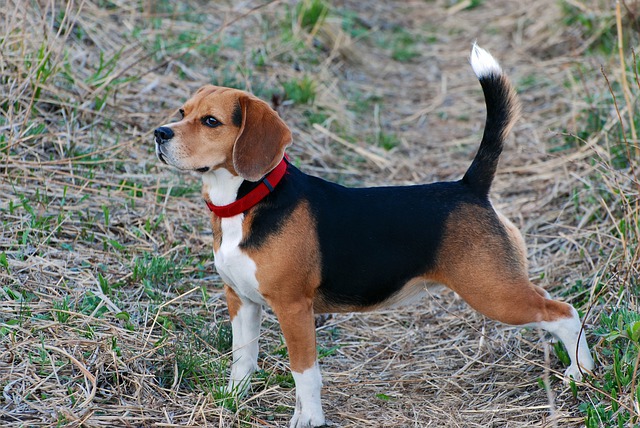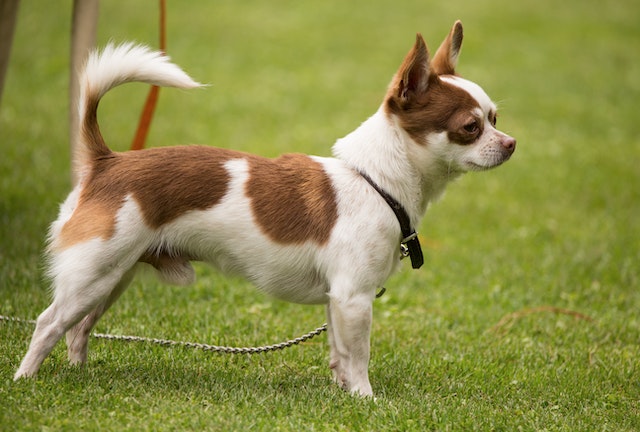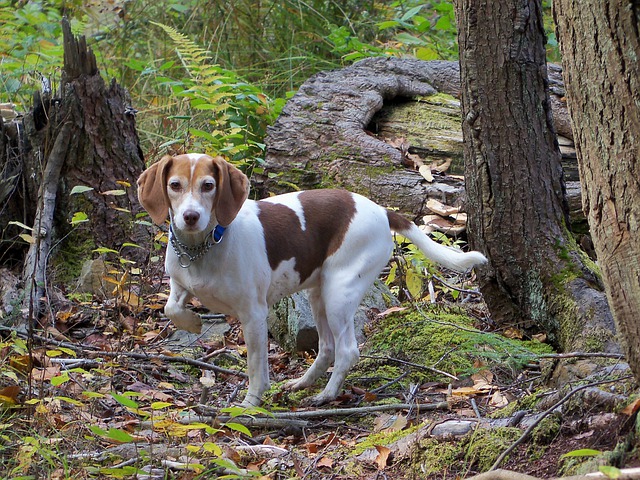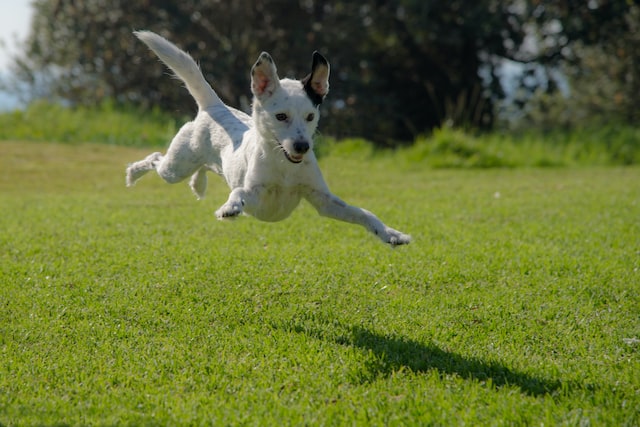Dogs have been domesticated for so long that humans have discovered ways to socialize with them. One such way is to understand them through their body language. If you pay a little more attention to your dog’s gestures, you may be able to communicate with him better. Just like dogs talk with their ears, they do so with their tails too. By knowing different dog tail position meanings, it’ll be easier for you to understand your pooch. Speaking of which, a dog tail position chart can help us comprehend how our dogs feel.
Dog Tail Position Meanings
Before we begin with dog tail position meanings, it is important to know a few things. First of all, these meanings may differ slightly for dog breeds with unique tail structures. (For example, Basenjis and Shiba Inus naturally have curly or bent tails.) Secondly, not only the position but also the movement of the tail hints at how a dog is feeling. Thirdly, the direction of movement of the tail and the broadness of its strokes also matter. Finally, it is important to read the tail both horizontally and vertically.
Here are some dog tail position meanings that you need to know:
Carried High Up

A raised tail usually represents a high level of eagerness or excitement. It can be for a variety of reasons. Either your dog is alarmed or suspicious about something, or he’s just happy. Whatever the case may be, you can guess that your dog has been stimulated by something if he carries his tail straight up.
High and Curled Over Back

When your dog’s tail is high up with its tip curling over his back, you may believe he’s all hot to trot. Your pooch is feeling confident in himself. He is now ready to use some of his energy by playing. Another reason why a dog may curl its tail up is excitement and joy.
(Don’t confuse it with dogs that have naturally curled-up tails.)
Horizontal and Relaxed

A horizontal and relaxed tail indicates one of two emotions: neutral or focused.
Either your dog is relaxed with no particular emotion or he’s focused on his surroundings. In the latter case, your dog wants to be aware of everything that is happening around him, both visually and audibly.
Horizontal and Stiff
Your dog probably holds his tail in this position whenever there is a loud noise nearby. When a dog is being very careful, his tail will be out, still and stiff. He’s paying close attention to something that he finds unusual. A dog might behave in this way while meeting a stranger, for example. He is only acting cautiously because he sees the other person as a potential threat.
Relaxed, Still, and Down

If the tail of your dog is down, relaxed, and lying away from his hind legs, it means he’s comfortable. For example, he will assume this position while wandering about the house or yard. Your pooch is at ease because there is no danger around. A dog may also adopt this tail position when he is worn out and going for a nap.
Tucked Between Legs
We’ve often noticed rescued dogs with their tails tucked between their hind legs. This gesture is shown by a dog when he’s scared and nervous. In such a situation, the dog displays himself as weak and submissive. By tucking his tail fully between his legs, he wants you to know that he’s afraid of something. It is his way of asking for help from others.
Wagging Right

Wagging also means that your pooch is trying to communicate with you. If he wags his tail in the right direction on encountering you, it means he’s very pleased to see you. When dogs like other dogs or see their favorite person, they wag their tails right to show how happy they are to meet them.
Wagging Left

Remember! Wagging doesn’t always mean a dog is happy. Sometimes, it may be completely the opposite. If a dog wags his tail left every time he sees a particular person, it may be a sign of him disliking that person. He’ll wag his tail in the left direction to show that he’s angry or displeased.
Quick Wagging

If a dog quickly wags his tail, it means he’s very excited. Bring your pooch his favorite snack and you’ll see him wagging his tail at the speed of light. Of course, it happens out of excitement. Your dog may also show this behavior when he’s energetic enough to play with you.
Moving Slow
A dog moving his tail slowly means he’s not that excited about something. Your impetus is insufficient to stimulate his hormones if you are trying to cheer him up with it. He might do this if he wants to play more but is too exhausted to be enthusiastic about the game.
Short Strokes
If you notice your dog’s tail moving in short strokes, it’s time to concentrate on him. Your dog is either depressed or anxious and needs you to care for him.
Broad Strokes

Broad strokes in your dog’s tail movement are a sign of him being happy. So, you can let him be because there’s nothing to worry about.
The Dog Tail Position Chart
Tail Position |
Meaning |
| Carried high up | Alert, suspicious, or excited |
| High and curled over the back | Enthusiastic, excited, confident, happy, ready to play |
| Horizontal and relaxed | Neutral, relaxed, exploring, aware |
| Horizontal and stiff, | Very cautious and attentive |
| Relaxed, still, and down | Neutral, comfortable |
| Tucked between legs | Submissive, nervous, concerned, scared |
| Wagging right | Pleasant or happy about another dog, animal, or a person |
| Wagging left | Unpleasant or angry about another dog, animal, or a person |
| Quick wagging | More excited |
| Moving slow | Less excited, confused |
| Short strokes | Anxious, uptight |
| Broad strokes | Happy, excited |
Final Thoughts on Dog Tail Position Chart
The dog tail position chart is a quick way to learn dog tail position meanings. We hope our chart will help you deepen your bond with your furry friend. You can guess what he feels and make your next move according to it.





